Richmond now has 34 miles of Bay Trail in place. According to a January 2018 report from TRAC, Trails for Richmond Action Committee, the 34 miles represent nearly 10% of the 355 miles completed of the planned 500-mile walking and cycling path along the San Francisco and San Pablo Bays.
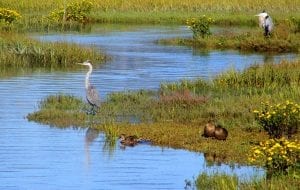
Great Blue Herons & Gadwall Mallards Photo/Alan Jensen
Here are some highlights of their progress report:
- For the first time, residents of neighborhoods such as North Richmond and Hilltop can walk and bike the Bay Trail to Point Pinole Regional Shoreline.
- East Bay Regional Park District (EBRPD) completed two projects and now the Bay Trail links Point Pinole Regional Shoreline, Landfill Loop and Wildcat Creek trails with the Plunge, Hilltop, North Richmond, Iron Triangle, Atchison Village and Point Richmond neighborhoods.
- At Pt. Molate construction is underway on 1.16 mi. of Bay Trail between Castro St. & Stenmark Drive. According to the report, EBRPD completed a 65% preliminary design to extend the Point Molate Bay Trail 2.5 miles from the RSR Bridge to the northern border of the City’s Point Molate property, including a mile of Bay Trail on a shoreline easement donated by Chevron and 1.5 miles on City property.
- Plans to extend the Bay Trail across the Richmond San Rafael Bridge are getting closer to fruition, which is quite a
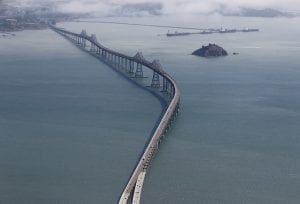
The Richmond-San Rafael Bridge 2012.
breakthrough for enthusiastic pedestrians and cyclists. Bids are currently being evaluated to convert the Bridge’s top deck shoulder into a barrier-separated ten foot wide Bay Trail to be completed in 2018.
- Over eight miles of gaps remain, despite Richmond having more Bay Trail completed out of the nine-county area.
- Plans to complete 2.9 miles of new trail during 2018 are in process along with another 2.5 miles during 2019:
- The city now has the funding to fill the 1/3 mile trail gap on narrow Goodrick Avenue between the Dotson Family Marsh staging area and the Richmond Parkway Bay Trail
- A mile of Bay Trail is in the works running north from the Atlas Rd. bridge on the eastern side of the Union Pacific rail corridor
-
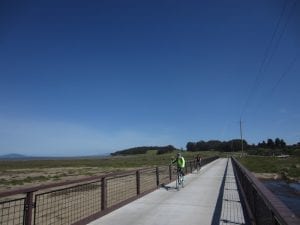
Dotson Marsh Bay Trail
On the South Shore, the five miles of Bay Trail following the shoreline between Central Ave and Harbour Way South currently link eight city, regional, state and national parks.
- A four-mile Richmond Wellness Trail Plan adopted by the City Council will connect Downtown Richmond, including the Kaiser Medical Facility and BART/AMTRAK station, with the Bay Trail via Marina Way South, connecting residential areas with the shoreline and linking the southern shoreline with the Ferry Point Loop Trail and the northern shoreline.
Richmond Takes Lead in San Francisco Bay Area Water Trail
The City of Richmond designated four new launch sites to join the San Francisco Bay Area Water Trail, which is a regional program that encourages non-motorized small boaters to safely enjoy the San Francisco Bay. Richmond leads all Bay Area cities in this program enhancing access to Bay waters for kayaks, stand up paddleboards (SUPs) and kiteboards with seven official locations maintained by the City and EBRPD.
About TRAC
When TRAC was founded in 1999, Richmond had only 12 miles of San Francisco Bay Trail fragments. This has burgeoned to over 34 miles in 18 years thanks primarily to the City of Richmond and East Bay Regional Park District with strong support from the Association of Bay Area Governments (ABAG) Bay Trail Project, the Bay Conservation and Development Commission (BCDC) and the California Coastal Conservancy.
TRAC’s mission is two fold:
1. Complete the San Francisco Bay Trail in Richmond, assuring that it is linked to public parks and population centers and maintained in perpetuity and
2. Promote use and enjoyment of the Bay Trail by all who live and work in Richmond and as a visitor attraction to showcase the City of Richmond’s shoreline.
TRAC has acquired $7.2 million in grant funds used by the City of Richmond to close gaps in the Bay Trail! Stimulated by TRAC’s Interpretive Subcommittee, over 50 new interpretive and way finding exhibits have mushroomed to enrich the Bay Trail experience.
The Bay Trail in Richmond New Year 2018 Report was made available by Bruce Beyaert, Chair & Bruce Brubaker, Vice Chair, TRAC Steering Committee
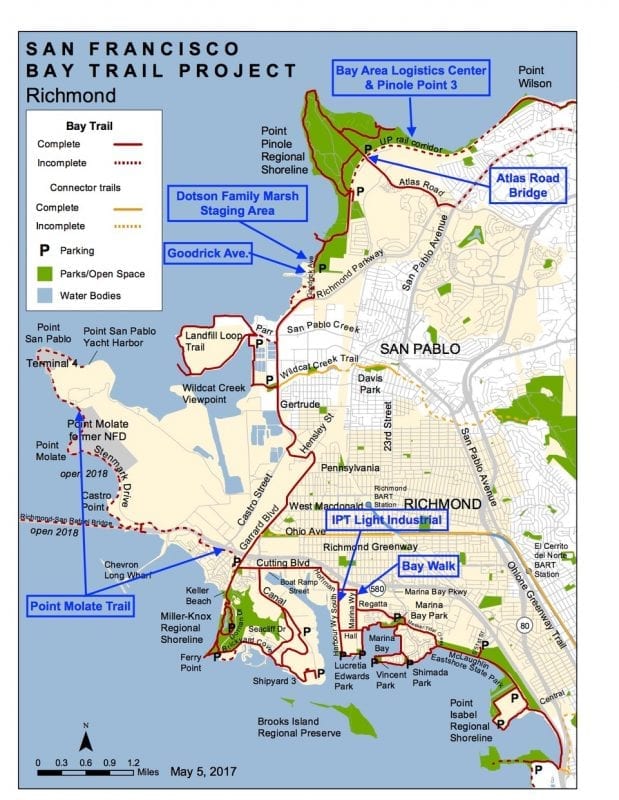


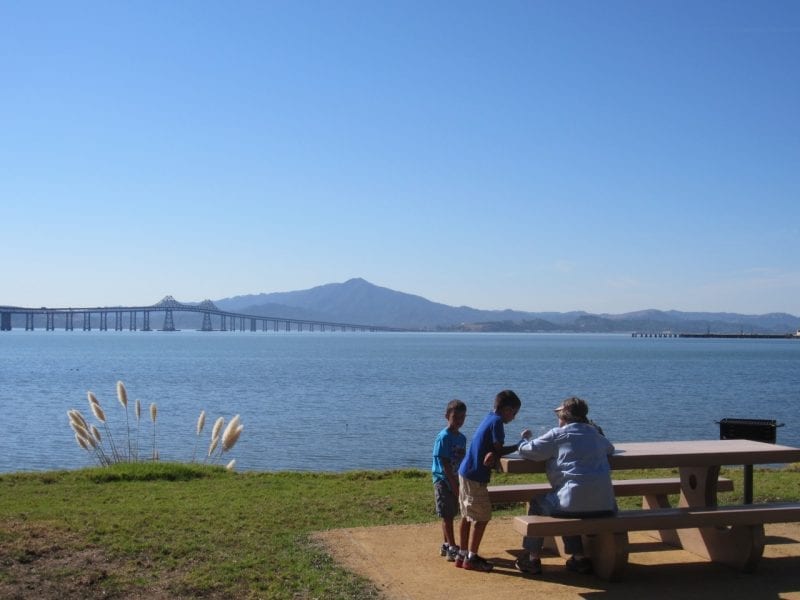

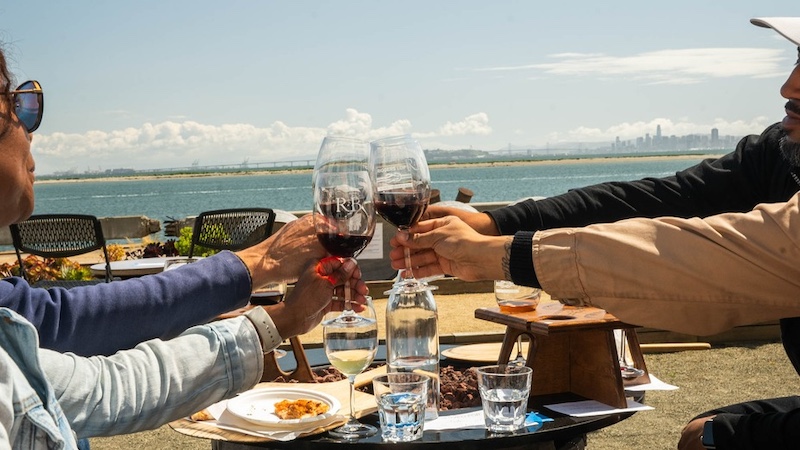


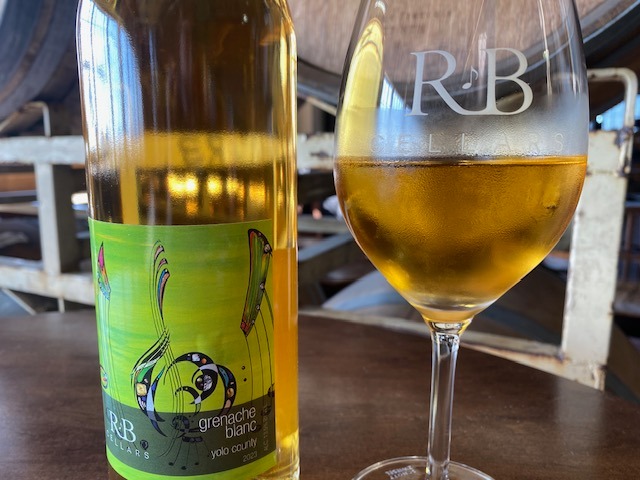





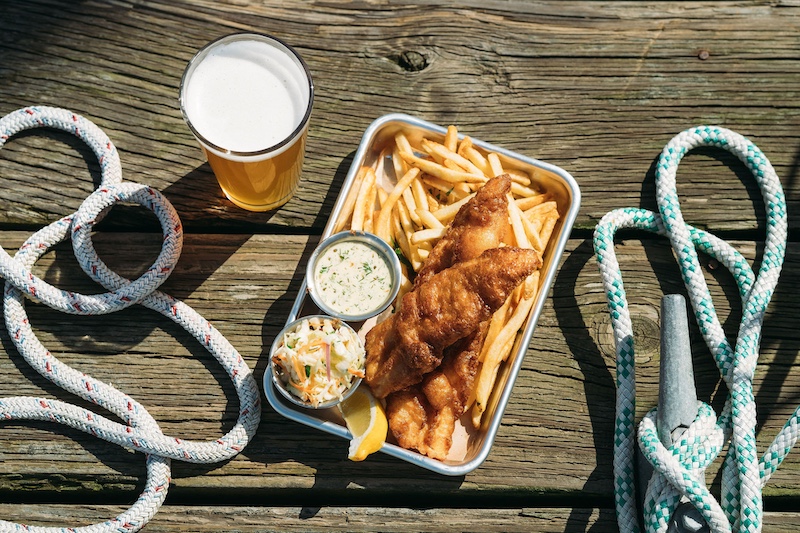


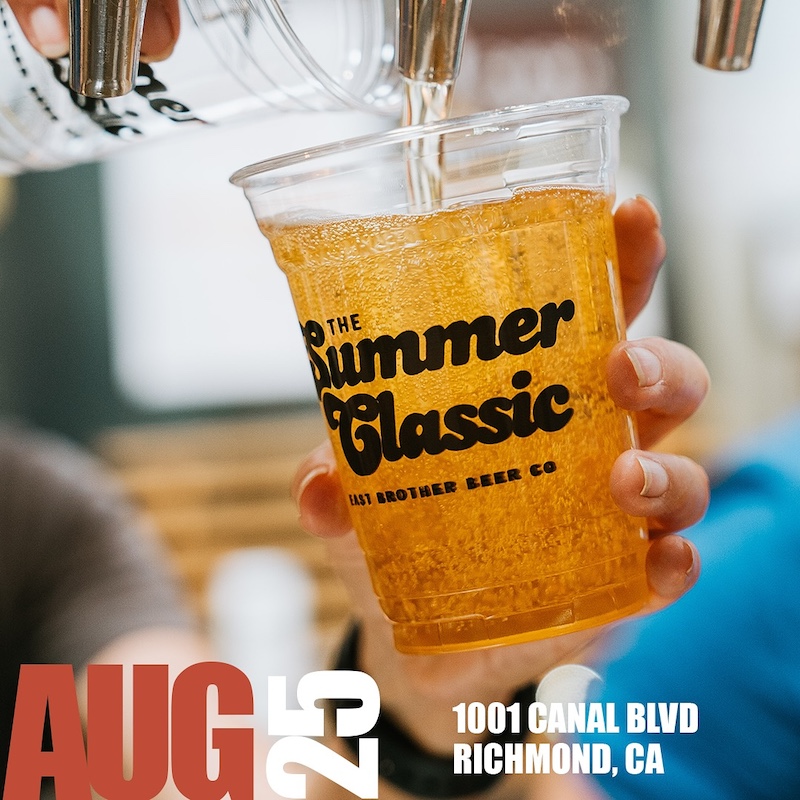
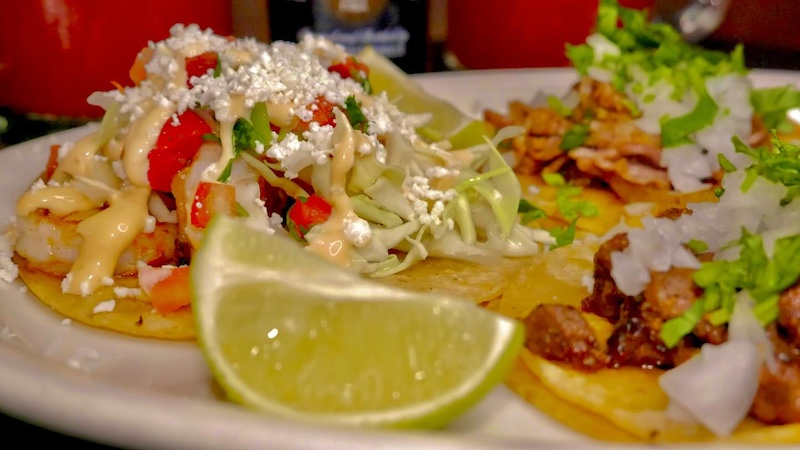



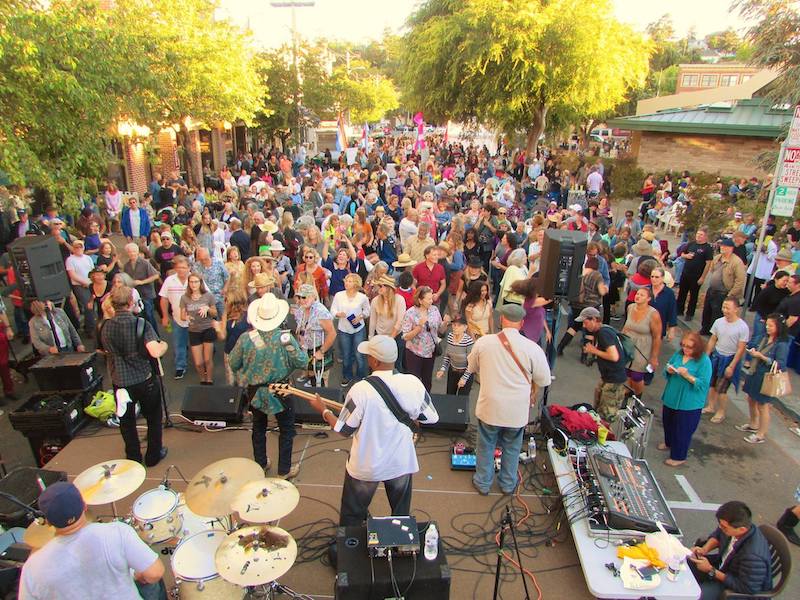


Leave A Comment